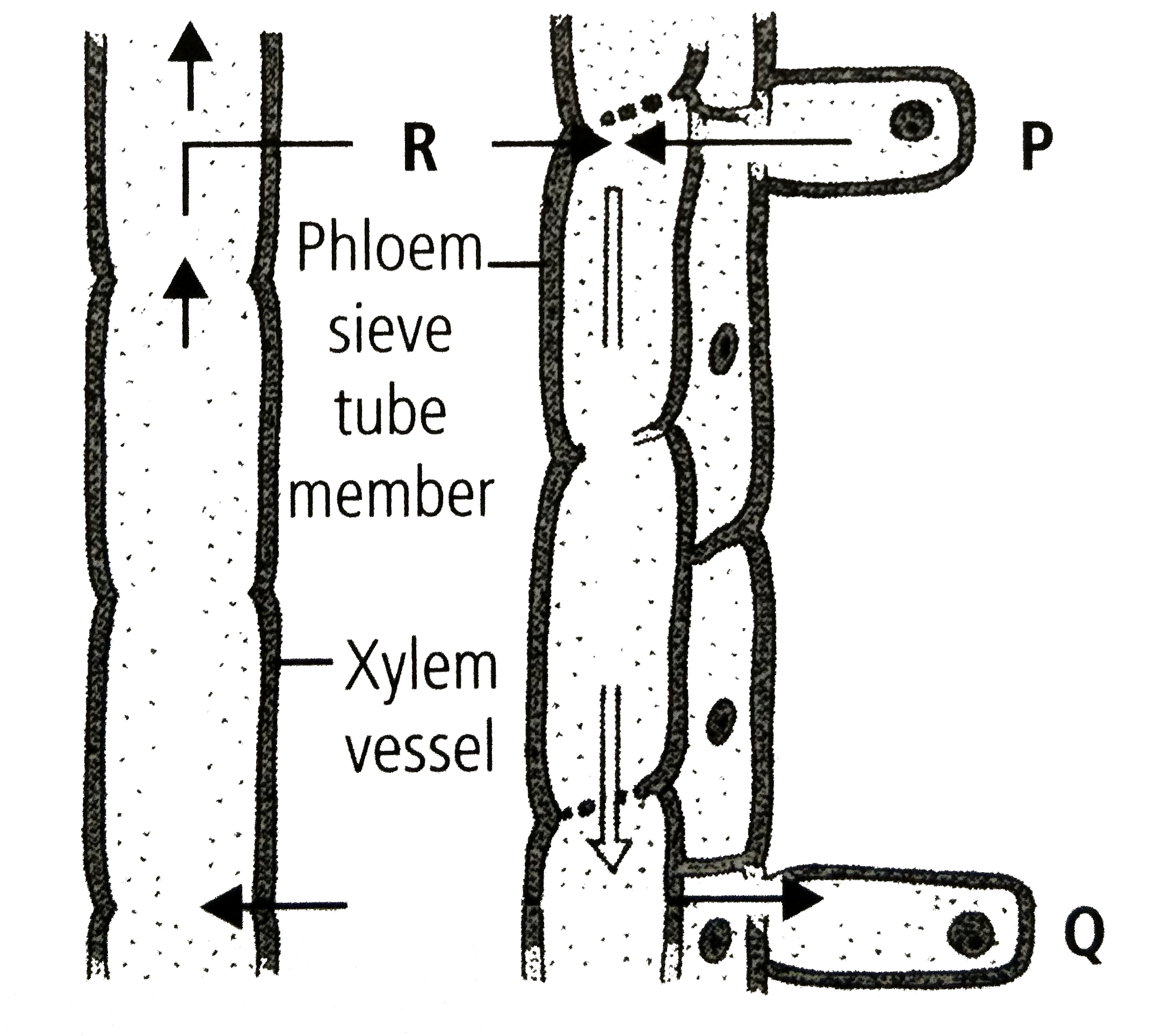To explain the translocation of food, "pressure flow hypothesis" was proposed by
Levitt
Graft
E. Munch
M. Fujino
To solve the question regarding who proposed the "pressure flow hypothesis" for the translocation of food, we can follow these steps:
1. Understanding the Question: The question asks for the scientist who proposed the "pressure flow hypothesis" related to food translocation in plants.
2. Identifying Key Concepts: The pressure flow hypothesis explains how food (sugars) is transported in plants through the phloem. It is based on the concept of positive hydrostatic pressure.
3. Recalling Relevant Information: The pressure flow hypothesis is also known as the "pushing pressure theory" or "pushing pressure method." This theory states that food translocation occurs due to differences in hydrostatic pressure between the source (where food is produced) and the sink (where food is used or stored).
4. Identifying the Scientist: The scientist who proposed this hypothesis is E. Munch.
5. Final Answer: Therefore, the answer to the question is that the "pressure flow hypothesis" was proposed by E. Munch.
Topper's Solved these Questions
Similar Questions
Knowledge Check
- Question 1 - Select One
Mass flow hypothesis was first descrebed by
ASwansonBBuchmanCKursanovDMunch. - Question 2 - Select One
Given figure demonstrates the translocation of organic solutes according to pressure flow hypothesis.

Which out of the following statements is incorrect regarding this?AA continuous high osmotic concentration is maintained in region P, which loads a sieve tube element by passively transporting solute molecules into it,BR shows the movement of H2O into sieve tube elements from nearby xylem vessels by osmosisCTranslocation of organic solutes takes place from region P with high turgor pressure to region Q with low turgor pressureDIn region Q material is either consumed or is converted into insoluble storage forms resulting in decreased osmotic pressure.
One-gene-one enzyme hypothesis was proposed by :-
View SolutionProtoplasmic streaming theory of translocation of organic solutes was first proposed by
View SolutionMass flow deals with translocation of :
View SolutionWhat will happen to the rate of photosynthesis if rate of translocation of food is slow the photosynthesis rate ?
View SolutionWhat is the bulk or mass flow hypothesis ?
View SolutionStudy the statements (a-d) given below & select the correct option w.r.t transport in plants. (a) Transpiration pull model is the most acceptable to explain the transport of water. (b) The translocation in phloem is not explained by pressure flow hypothesis. (c) Diffusion is a slow process and is dependent on a 'living system'. (d) A C4 plant loses only half as much water as a C3 plant for the same amount of Co2 fixed.
View Solution

